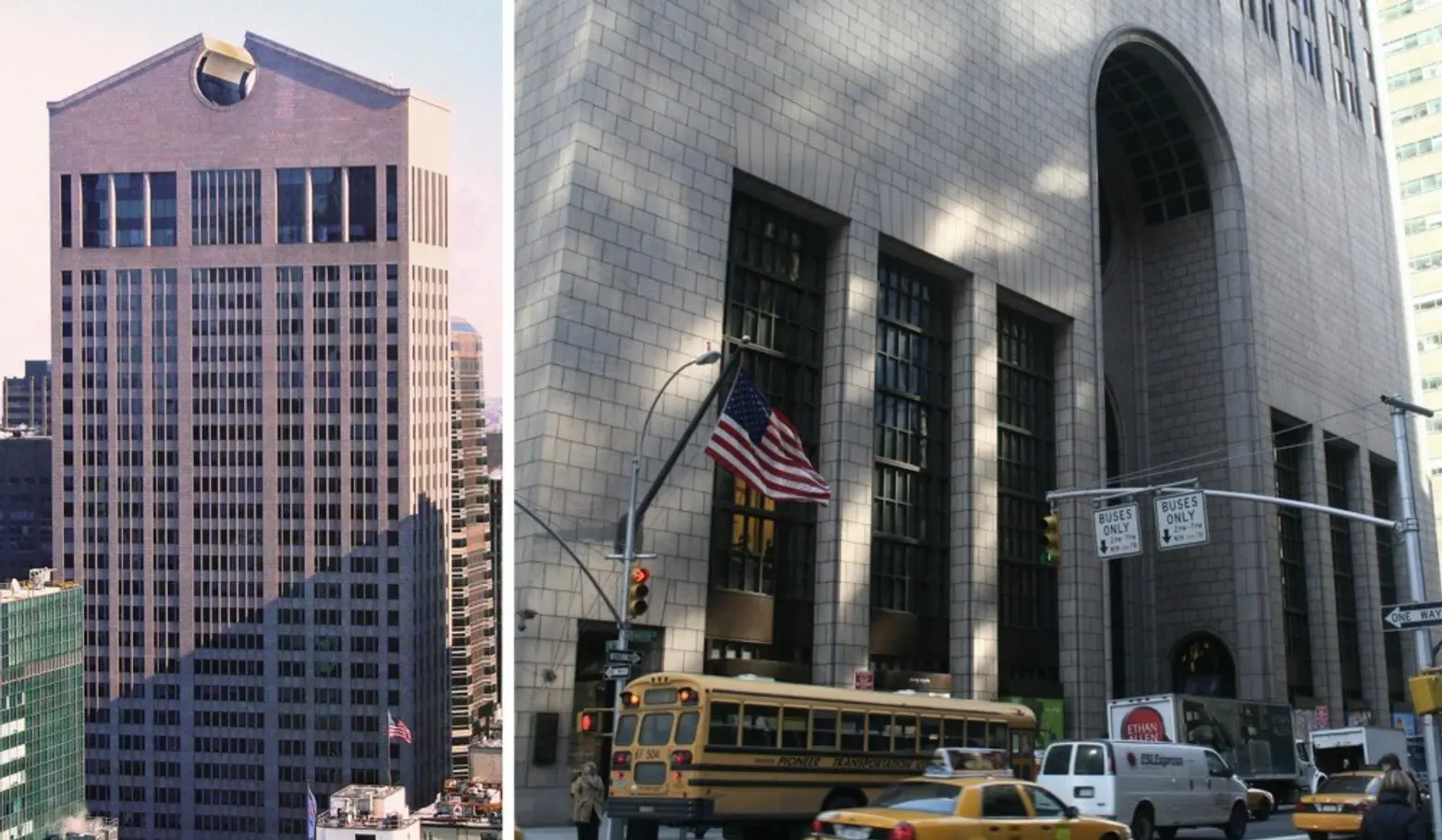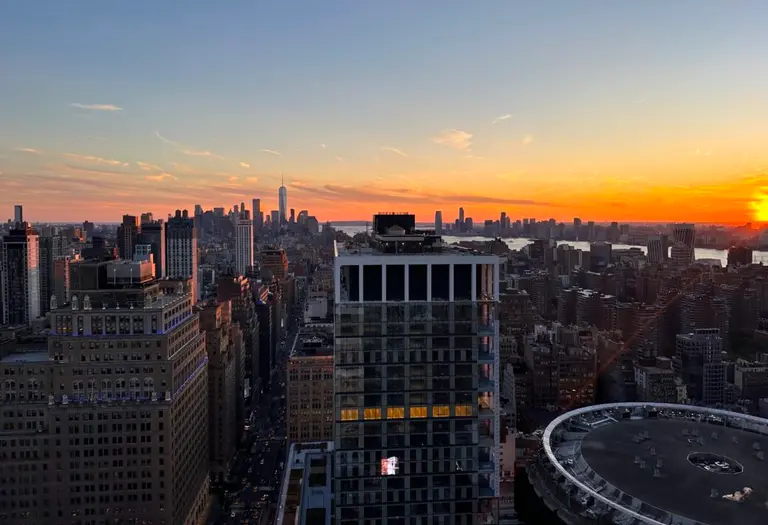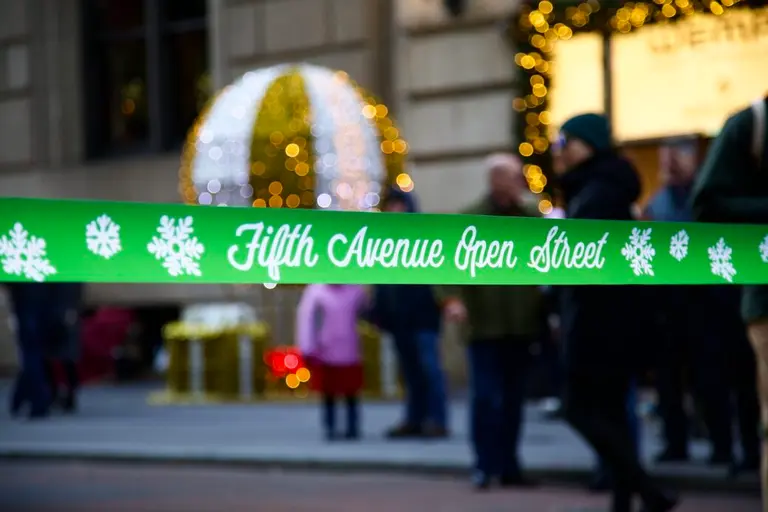Preservationists, architects urge LPC to landmark Philip Johnson’s AT&T Building

During a nearly two-hour public hearing on Tuesday, passionate preservationists, architects, and community groups testified in front of the Landmarks Preservation Commission in support of designating the postmodern skyscraper at 550 Madison Avenue as an individual landmark. Best known as the AT&T Building, the 37-story tower was designed by Philip Johnson, along with his partner John Burgee, and completed in 1984.
As postmodernism’s first skyscraper, 550 Madison has stood out for its pink-gray granite facade, arched entryway and Chippendale-inspired crown. A wide range of people on Tuesday voiced support for giving 550 Madison landmark designation, including architectural critic Paul Goldberger. In his testimony, Goldberger cited his own 1978 New York Times review of the building, before it was built, when he called the AT&T Building “a major monument” of postmodernism and “the most provocative and daring skyscraper to be proposed for New York since the Chrysler Building.”
Nearly every testimony touched on the importance of the structure as a turning point in the history of 20th-century architecture, although many admitted the building is somewhat flawed. Shortly after Sony started leasing the building from AT&T in 1991, the original public space designed by Johnson was seriously altered. The arcades found on the Madison Avenue entrance were converted into retail space and the covered pedestrian space at the tower’s rear was enclosed at both ends.
Many testifiers called for bringing back green space to the building. Seth Pinsky, the executive vice president at RXR Realty, who recently joined Olayan America in the redevelopment effort, said developers “have stepped away from design renderings” most recently released to the public. The vision for the rear of the building will remove the annex and create a landscaped garden, which Pinsky said would be the largest public space in the Midtown East area.

Rendering via Snøhetta
Calls to designate the postmodern monument as a landmark came after Olayan and Chelsfield, who bought the building in 2016 for $1.4 billion, revealed plans last fall for a major overhaul of 550 Madison. In October, the developers tapped Snøhetta to lead the redesign, which includes a $300 million renovation of the building and a modernizing of the lower levels. The plans calls for the stone facade of the building be partially replaced at eye level with an undulating glass curtain wall.
The proposal was met with backlash architecture and preservation communities, who do not want to see any change to the building’s iconic entryway. In November, protesters, including architect Robert A.M. Stern, stood outside the building’s base with signs that read “Hands of my Johnson” and “Save the Stone.”
Landmarks decided to not designate the interior of the building because of changes made during a 1990s renovation and the lobby has since been demolished. And while developers said they are longer using the design renderings released earlier, it’s unclear what the new plan will look like. The commission has not yet set a date for a vote on 550 Madison’s proposed designation.
RELATED:




























